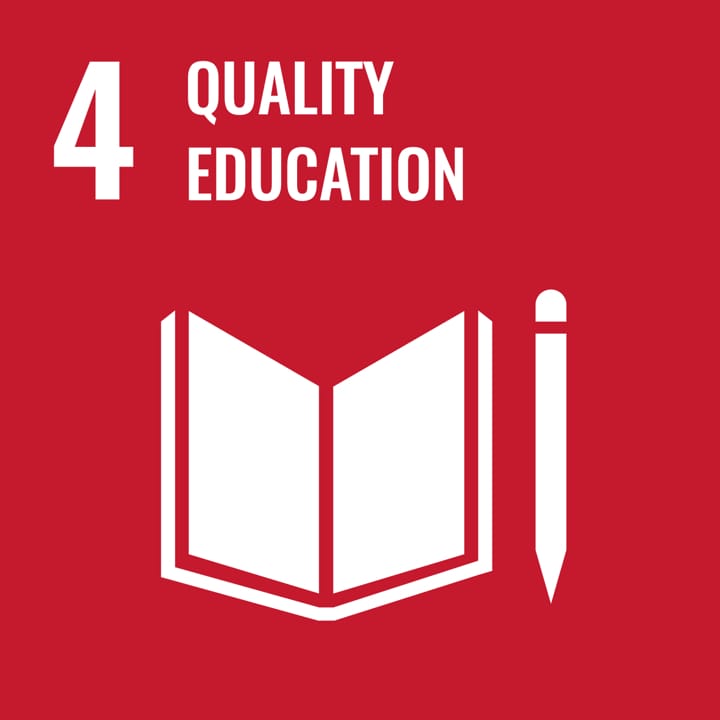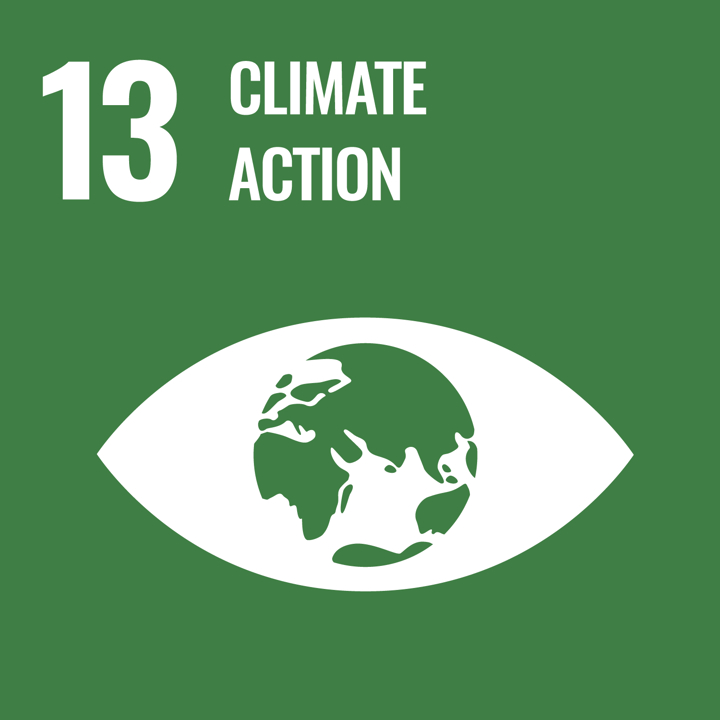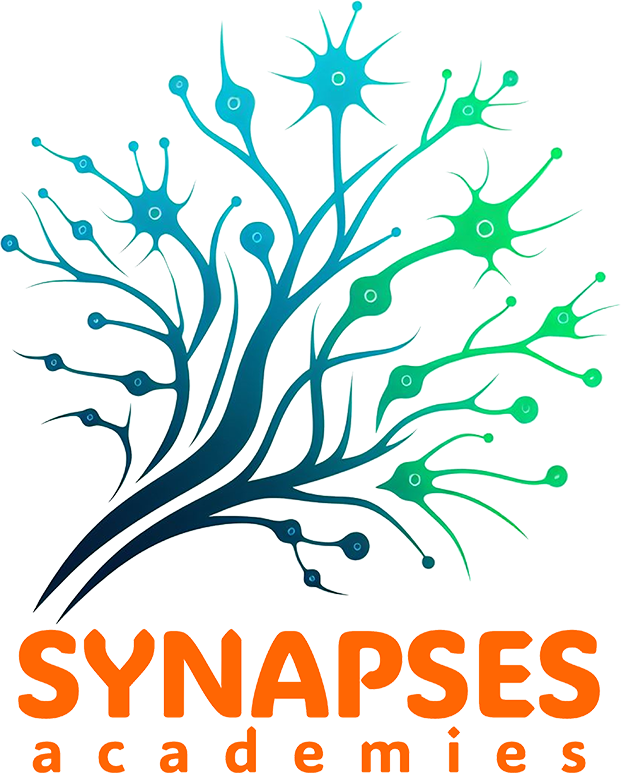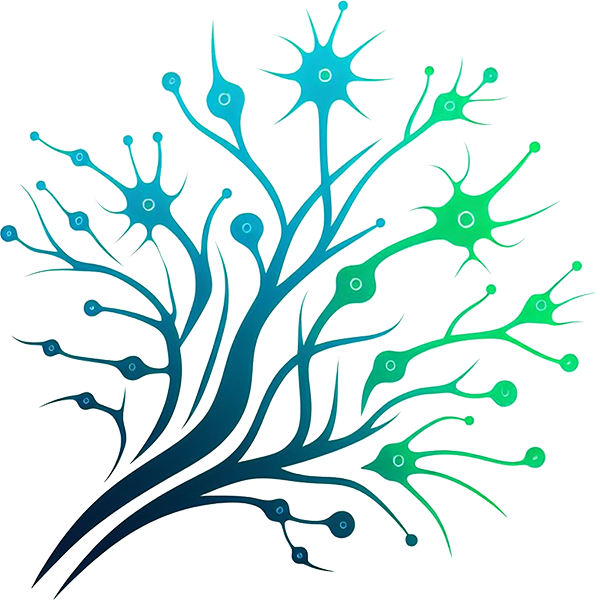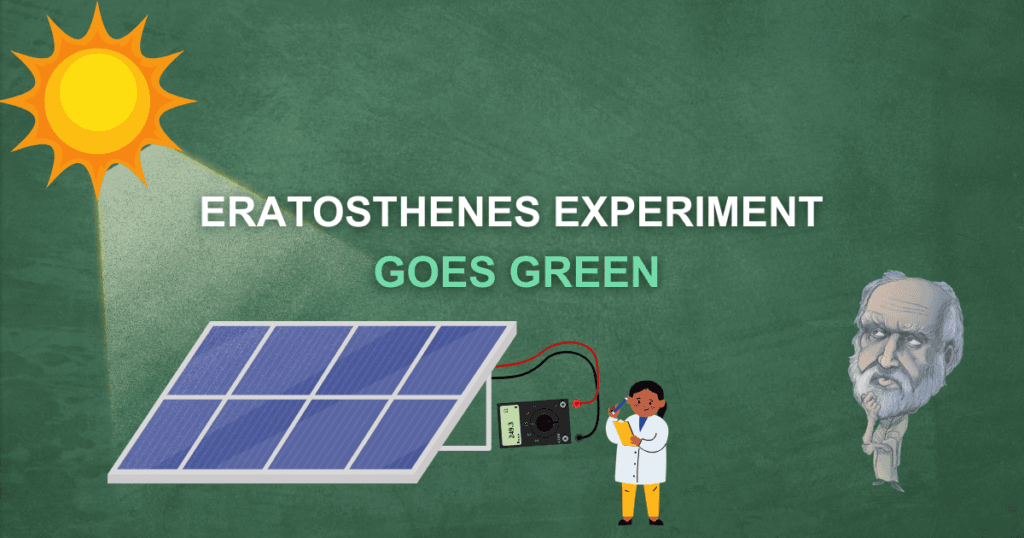
Utilizador final previsto: Professor, formador de professores
Grupo etário: Secundário inferior; Secundário superior
Currículo escolar: Maths; Science; Social & Environment Science; Languages; Applied Science
Temas e tópicos: Energy Use and Production; Collective Action; Environmental Change; Futures Thinking; Information & Knowledge; Pedagogy Approaches
Duração: Approximately 4 teaching hours
Tipo de recurso: Experiment, Lesson Plans
Palavras-chave: Solar Panels, Equinox, Energy, Latitude, Sustainability
Línguas: English, Greek
Descrição
Over 2,400 years ago, Eratosthenes measured Earth’s circumference using geometry, shadows, and observations. Today, students replicate this method by using solar panels to measure the Sun’s angle at noon, optimizing panel tilt for maximum solar efficiency. This activity combines geography, physics, and sustainability while fostering teamwork and critical thinking. Through data collection and analysis, participants explore Earth’s curvature, solar energy principles, and their practical applications.
The activity encourages critical thinking about renewable energy and human impact on Earth’s climate. Students use real-world tools like multimeters and collaborate to calculate results. This engaging experience supports the development of scientific literacy and environmental awareness.
Como utilizar este recurso
In this activity, the teacher begins by introducing students to Eratosthenes’ experiment, explaining how he measured the Earth’s circumference using shadows and geometry. Next, the teacher provides a brief overview of how solar panels work, focusing on how sunlight is converted into electrical energy.
In the following lesson, which should be scheduled during the equinox, students use a solar panel and a multimeter to measure the panel’s voltage and current. Through hands-on experimentation, they explore how different panel inclinations affect solar power output, discovering the relationship between solar angles, energy efficiency, and the Earth’s latitude.
The activity concludes with a reflection and discussion about the findings, supported by worksheets and a short assessment to consolidate learning.
Os recursos
You will find the Eratosthenes Goes Green experience here:
Resultados da aprendizagem
- Aplicar uma série de ferramentas e quadros adequados para promover a Cidadania para a Sustentabilidade dos estudantes
- Sintetizar de forma colaborativa os conhecimentos, as ferramentas e os quadros para criar materiais didácticos e planos de aulas adaptados ao seu próprio contexto local
- Desenvolver e aplicar critérios de avaliação para avaliar a Cidadania para a Sustentabilidade nos alunos.
- Através de actividades de workshops e de comunidades de prática, desenvolver capacidades e agência enquanto educadores e líderes da Cidadania para a Sustentabilidade.
Competências verdes
- Abraçar a complexidade na sustentabilidade: Pensamento sistémico; Pensamento crítico; Enquadramento de problemas
- Perspectivas de futuros sustentáveis: Adaptabilidade; Pensamento exploratório
- Agir em prol da sustentabilidade: Ação colectiva
Creative Commons

This resource has been created by Ellinogermaniki Agogi and has been shared to SYNAPSES Academy under written permission.
ODS
